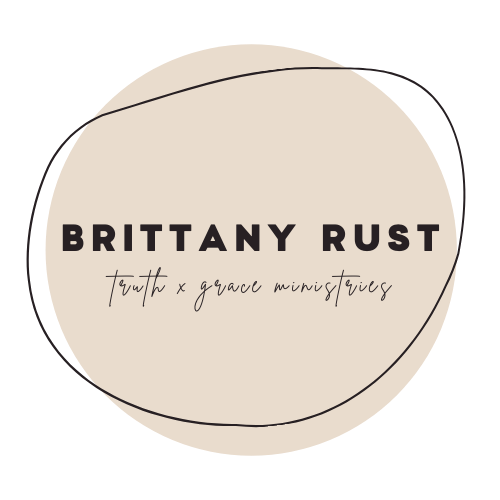How to Start a Podcast
One of the most popular questions I get is, How do I start a podcast?
When I started my podcast in early 2017, there weren’t a lot of resources out there that helped you figure out the process and so, through a lot of trial and error, I’ve learned some good things along the way that I hope will help you!
Podcast Equipment & Programs
There are so many tools out there for podcasting. Here are the essentials when it comes to recording and editing your podcast.
Microphone: Blue Snowball Microphone, I researched like a madman for a microphone of both great quality and affordability and I found both in this microphone. I’ve now had it for more than 3 years and it still holds up fantastic!
Pop Filter: DragonPad Pop Filter, A pop filter attaches to the microphone and helps enhance the audio of your recording. This one is inexpensive and has worked great for me.
Recording & Editing Software: Audacity, I love this program! It’s free and you can download it to your laptop. I both record and edit my podcast in this program. It takes an hour or two to learn the program but once you do, recording and editing are very easy. And did I mention it’s free?
Interview Needs: RINGR, When recording someone not in the same room, you’ll need some sort of software program. Some people use Zoom or Skype, and if you want to see the person, it’s good. But I never really loved the sound quality that came out of it and it takes some work to get it set up. After testing many programs I fell in love with RINGR. It’s very affordable and you can record your invitee over the phone. No setup on your end other than sending an invite through the program, and no need to worry about your interview not setting up on their end correctly. You can chat like you’re talking on the phone, the quality is fantastic, the recording will download to your laptop, and you simply upload it to Audacity for editing. Little secret: when I don’t feel like setting up my recording equipment, I’ll just record my whole episode through RINGR because it’s that easy and good.
The Elements of a Podcast
There are a few parts to a podcast.
Music: You’ll want a signature song for your podcast. Something that fits you and the tone of the podcast. It took me a few hours of combing through music but when I found the right one, it clicked! I recommend using Marmoset Music to license a song for your podcast. It will likely be your biggest cost, besides the microphone, but it’s not too bad and worth the expense to find a great song to license!
Intro: Write a catchy intro that draws the listener in and describes what your podcast is about. Then, include this intro in every episode. I also add to my intro a shoutout for people to subscribe and leave a review for the show. Touch on that upfront before people check out.
Body: Whether you’re recording solo or a guest, come up with some sort of outline for each episode. For my solo episodes, I wrote out a whole script to read. But when I record it, I make it more like I’m talking to a friend. For a guest, I’ll write out questions or topic points and send them to my guest ahead of time so they know what to expect.
Ending: Much like the intro, have that great closer to end your episodes with. Here is where you can include how people can continue to connect with you outside the show.
Graphics: You’ll want a catchy graphic for your podcast. I have a static image for my show, but I also customize one that looks similar to the static for each episode that highlights what that episode is about. If you’re looking for a great graphic design program that is free and easy to use, I recommend Canva.
Sharing Your Podcast
Setting up your podcast on the front end takes a bit of work but once it’s set up, your episodes will connect automatically to most podcast hosting platforms without any extra work on your end.
There are podcast hosting platforms that will host your show but they often cost money. I host mine on my website and it populates as an RSS feed. So, when my episode is edited and ready I post it on my Squarespace website. That RSS feed is connected to iTunes, Spotify, and Google Music so once I upload it to my site, all three of these programs will automatically pull it from my feed and bam, it’s there and ready for listening.
You’ll have to go into iTunes, Spotify, and these programs to connect your RSS feed in the first place, and that takes a little work, but once it’s there, it’s there!
I hope this has been helpful to you! If you have any questions, please feel free to reach out to me. Happy podcasting!


